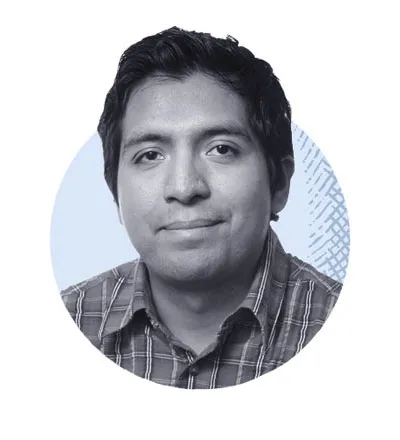Why You Should Open a High-Yield Savings Account Soon
Money is not a client of any investment adviser featured on this page. The information provided on this page is for educational purposes only and is not intended as investment advice. Money does not offer advisory services.

If you saw the interest rate of your savings account dip last year, you’re not alone. The U.S. Federal Reserve (A.K.A. the country's central bank) lowered interest rates to near zero in the early days of the COVID-19 outbreak, where they remained for much of 2021. This has been great news for people applying for (and refinancing) mortgages, but bad news for anyone trying to bulk up their savings.
That could soon change. Most members of the Federal Open Market Committee, which is part of the Fed, predict the agency will raise interest rates on three separate occasions in 2022 in order to combat inflation. If that happens, “We expect that rates for high-yield savings accounts will follow,” says Alvin Carlos, Managing Partner at District Capital Management.
Translation? Savers will once again start to see returns on their investment — if they know where to put it.
What is a high-yield savings account?
A high-yield savings account pays a higher rate of return, or annual percentage yield (APY), than a traditional savings account.
Even in today's low-interest-rate environment, banks are offering APYs near .50% for these types of accounts, which dwarfs the national average of a traditional savings account (.06%).
Prior to the pandemic, it wasn’t uncommon to find a high-yield savings account paying around 1%. And that might be the case again soon.
“We might start seeing high-yield savings accounts that offer a 1% rate by the end of 2022," Carlos says.
Here's what that means for your money. If you open a savings account that pays 1.0% APY and deposit $5,000, you’d earn about $50 after one year. With a traditional savings account, you’d only earn about $3.
This isn't a life-changing chunk of change, but it does make a difference — especially for larger deposits. A high-yield savings account paying a 1.0% APY with $50,000 in it, for instance, will earn about $500 after a year's time. One with $500,000 will earn about $5,025.
These accounts can help you save for short-term goals like a vacation, or something more long-term, like a down payment on your first home.
How to open a high-yield savings account
There are lots of different high-yield savings accounts, with varying APYs, fees and minimum deposit requirements. (Head over to Money's list of the best high-yield savings accounts for help choosing one that's best for you.)
At the end of the day, basically anyone can open a savings account — and usually for free. Just make sure you have the following handy:
- A government-issued ID such as a driver’s license
- Your Social Security Number or Taxpayer Identification Number (TIN)
- Contact information like your address and phone number
- Bank account information like account and routing numbers to make your initial deposit
Other places to park your cash
A savings account isn't the only safe place to put your savings. As inflation skyrockets, more people are turning to Series I Savings Bonds, or "I Bonds," which track the Consumer Price Index (CPI) and have interest rates that rise with the cost of consumer goods. As of this writing, the interest rate for I Bonds is at 7.12%.
A certificate of deposit (CD) is another option. Offered by most banks, CDs tend to pay higher interest rates than even the best high-yield savings accounts. But you need to lock your money in for a set period of time, usually around six months to five years.
You can also invest in stocks. The S&P 500, a basket of stocks from America’s biggest companies, returned around 27% in 2021. But picking stocks is a risky business — if you're new to investing, a total stock market index fund, which tracks wide swaths of the stock market, is a much safer bet. (Here's Money's advice on the best total stock market funds for 2022).
If you do choose one of these alternative savings vehicles, be sure to have at least three months' worth of expenses saved up in an emergency fund that you can access at any time.
More from Money:
How to Trick Yourself into Saving Money
Watch Out: These High-Risk Investments Will Be All the Rage in 2022
How Big Should Your 'Rainy Day' Savings Account Actually Be?
